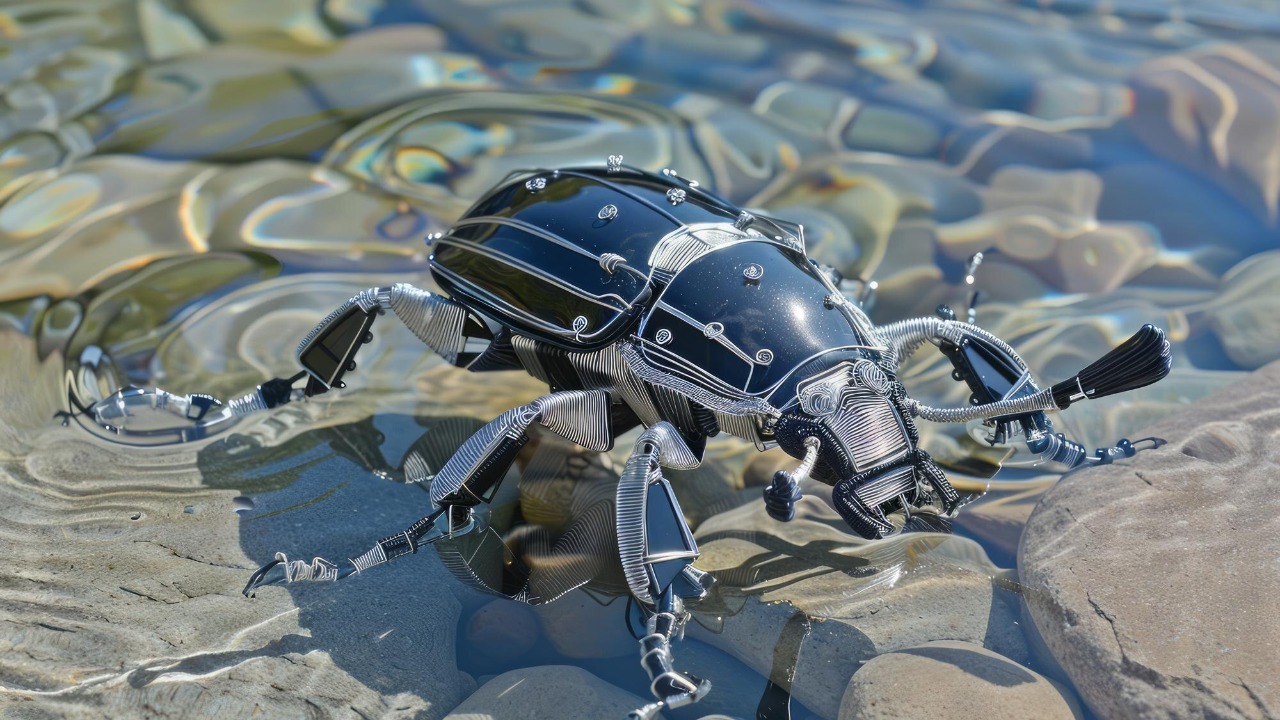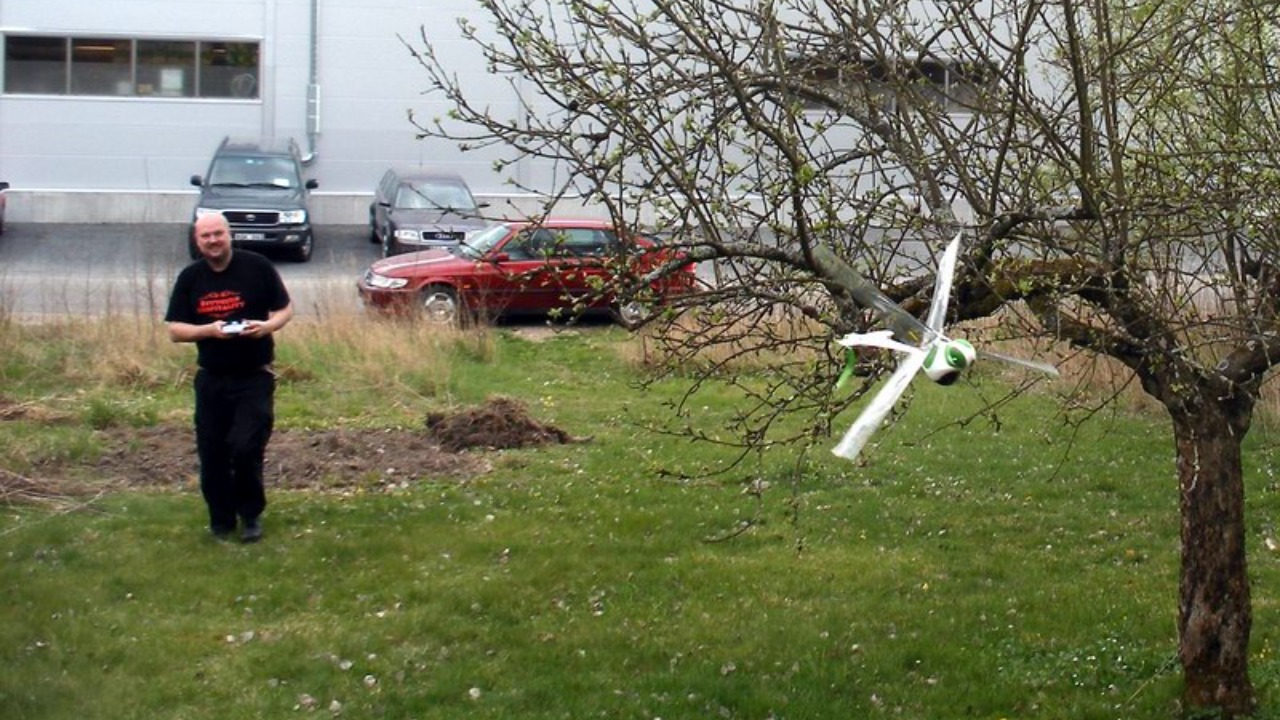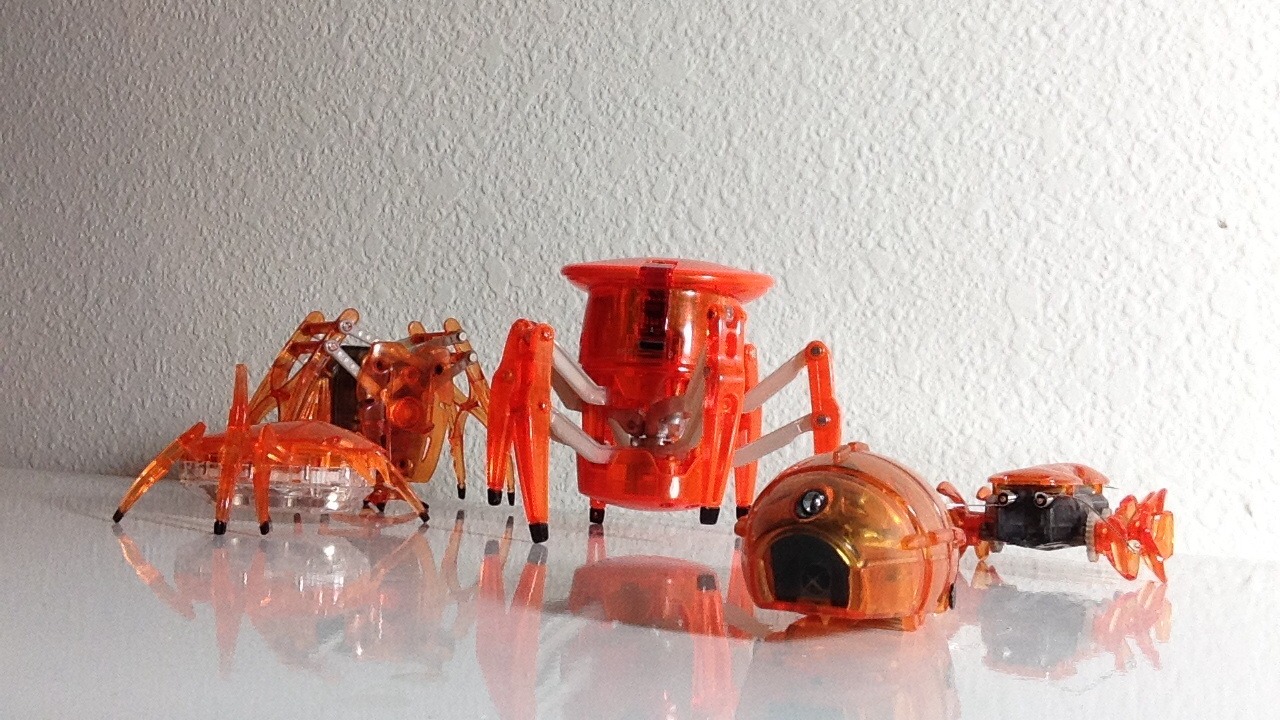
In recent years, the Defense Advanced Research Projects Agency (DARPA) has been at the forefront of pioneering technological advancements, including the development of robotic insects for potential use in warfare. These micro-robots are designed to mimic the abilities of real insects, offering military advantages such as surveillance, reconnaissance, and even targeted strikes. As these technologies advance, they raise both strategic opportunities and ethical concerns.
The Concept of Robotic Insects in Warfare

The evolution of micro-robotics and biomimicry represents a fascinating intersection of biology and technology. DARPA has harnessed the principles of biomimicry to develop robotic insects capable of emulating the complex movements and functions of real insects. This involves replicating the intricate wing movements of a dragonfly or the burrowing techniques of a beetle. By doing so, these robotic insects can navigate environments that are challenging for traditional machinery.
The potential applications of these robotic insects in warfare are vast. They are particularly suited for surveillance and reconnaissance missions in environments that are difficult for humans to access, such as urban areas or dense forests. Equipped with miniature cameras and sensors, these micro-robots can gather critical intelligence without being detected. Additionally, their small size and agility enable them to perform tasks like marking targets or even delivering payloads in precision strikes.
Despite their promise, the development of robotic insects is not without its challenges. Technical issues such as power supply, navigation, and payload limitations pose significant hurdles. Ensuring these devices have a long-lasting power source while maintaining their small size is a complex problem. Similarly, programming them to navigate autonomously in unpredictable environments without external guidance remains a substantial technical challenge.
Technological Developments and Innovations

Recent advances in materials science and engineering have been pivotal in enabling the creation of these tiny machines. Innovations in lightweight materials, compact power sources, and sophisticated control systems have all contributed to the realization of robotic insects. For instance, cutting-edge developments in micro-robotics have led to improved flight capabilities and energy efficiency, allowing these micro-robots to mimic the agility and endurance of their natural counterparts.
A key program that highlights DARPA’s commitment to this technology is the SHRIMP (Short-Range Independent Microrobotic Platforms) initiative. This program aims to develop micro-robots that can operate independently in various environments, particularly in disaster-stricken areas. According to The Robot Report, SHRIMP microbots are designed to navigate complex terrains and carry out tasks that are otherwise too dangerous for humans.
To achieve these technological feats, DARPA collaborates extensively with academic institutions, private industry, and other government agencies. These partnerships foster a multidisciplinary approach to research and development, combining expertise from various fields to overcome the challenges associated with robotic insect technology. Such collaborations are crucial for advancing the state of the art and ensuring that these innovations can be successfully translated into practical applications.
Ethical and Legal Considerations

The deployment of robotic insects for surveillance raises significant ethical concerns, particularly regarding privacy and civil liberties. These devices could potentially be used to conduct covert surveillance operations, raising questions about the extent to which individuals’ privacy can be compromised in the name of security. The prospect of robotic insects collecting data without consent presents a profound challenge to ethical norms and privacy rights.
Currently, legal frameworks regulating the use of robotic insects in warfare are still evolving. While international laws govern the use of autonomous weapons and surveillance technologies, gaps remain in addressing the unique challenges posed by robotic insects. For instance, there is ongoing debate about how existing regulations apply to these micro-robots, particularly concerning accountability and the potential for misuse.
Public perception of robotic insects in warfare is also a critical factor. Many people are concerned about the ethical implications of using technology that mimics life for military purposes. This has sparked a broader debate about the ethical boundaries of biomimicry and the potential consequences of using such technologies in conflict situations. Balancing the benefits of technological innovation with ethical responsibility remains an ongoing challenge for military organizations and policymakers.
The Future of Robotic Insect Warfare

Looking ahead, robotic insects could play a critical role in future military scenarios. In urban warfare, for example, these micro-robots could navigate through buildings and other structures to gather intelligence or deliver payloads with precision. In counterterrorism operations, they could be deployed to infiltrate enemy positions and relay real-time information to military commanders, enhancing situational awareness and decision-making.
Technological innovations on the horizon promise to further enhance the capabilities of robotic insects. Advances in artificial intelligence and machine learning could enable these devices to operate with greater autonomy and adaptability, allowing them to respond to dynamic environments and unpredictable situations. Additionally, improvements in battery technology and energy harvesting could extend their operational endurance, making them more effective in prolonged missions.
As military organizations continue to explore the potential of robotic insect technology, they must also consider their ethical and societal responsibilities. Balancing innovation with ethical responsibility is crucial to ensuring that these technologies are developed and deployed in a manner that respects human rights and international norms. Engaging in transparent dialogues with stakeholders, including the public, will be essential in shaping the future of robotic insect warfare and addressing the concerns that accompany these advancements.